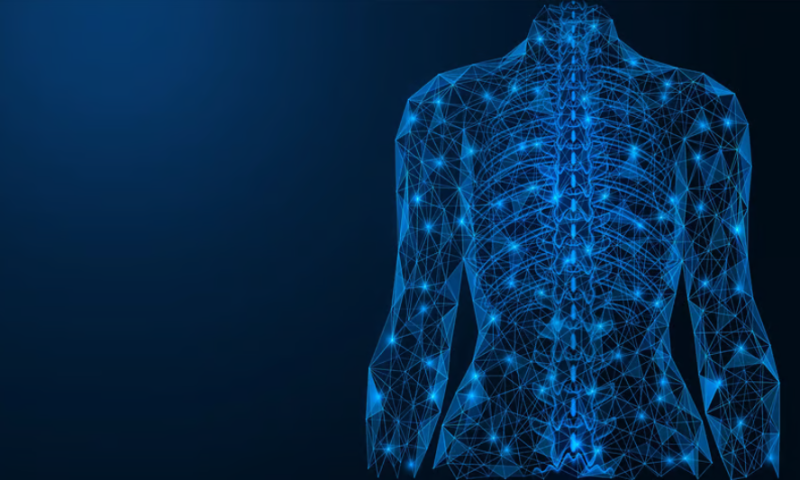On the heels of a small National Institutes of Health (NIH)-backed study showing that its neurostimulation technology could improve upper-limb mobility in people partially paralyzed by stroke, Reach Neuro has grabbed the FDA’s attention.
The agency has granted the Avantis spinal cord stimulation platform its breakthrough-device designation, Reach announced this week. The label acts as a sort of “fast pass” for new technologies aimed at treating life-threatening or irreversible conditions by giving tech makers a direct communication channel with the FDA and shuttling any subsequent regulatory submissions to the top of the review pile.
The breakthrough designation will therefore help Reach speed up the process of bringing its spinal cord stimulator to the approximately 7.5 million people in the U.S. who are living with post-stroke disabilities, according to Marc Powell, Ph.D., the company’s CEO and co-founder. Powell said in the announcement that Reach will “work closely with FDA experts to expedite the clinical translation of the Avantis system.”
The system centers on an implant equipped with electrodes that are placed in certain areas of the spinal cord. Each of the electrodes emits small electrical impulses meant to stimulate the nervous system, specifically targeting nerves linked to the movement of the shoulder, arm and hand.
The recent study of the Avantis technology was published in late February in the journal Nature Medicine, led by researchers from the University of Pittsburgh and Carnegie Mellon University—the two institutions from which Pittsburgh-based Reach spun out in 2021—and backed by the NIH’s neurotech-focused BRAIN initiative. It reported results from just two participants, each of whom had experienced partial paralysis after a stroke.
After being implanted with the spinal cord stimulator for 29 days, the participants saw the strength of their respective grips improve by 40% and 108%. They were also able to reach for objects much more quickly than before, with the average speed of those movements rising between 30% and 40%.
In addition to improving strength and speed, the implants also helped expand the number of functional tasks the study subjects could perform: By the end of the study period, they were able to use eating utensils, open locks, pick objects up and more.
The study’s researchers said at the time that they were particularly encouraged by the fact that some of those benefits lasted for some time even after the neurostimulation implants had been removed. There also doesn’t seem to be a time limit on how long after a stroke the therapy can have an effect, as the study took place nine years after one of the participants’ stroke had occurred.
The researchers also noted that the Avantis technology could potentially move swiftly through the regulatory process, since it builds on existing, already-FDA-cleared spinal cord stimulation tech.
Even so, of course, a larger trial will be needed before that happens to prove the system’s efficacy and safety in treating chronic stroke patients and to help determine whether there are certain patients who may benefit more from the treatment than others.

